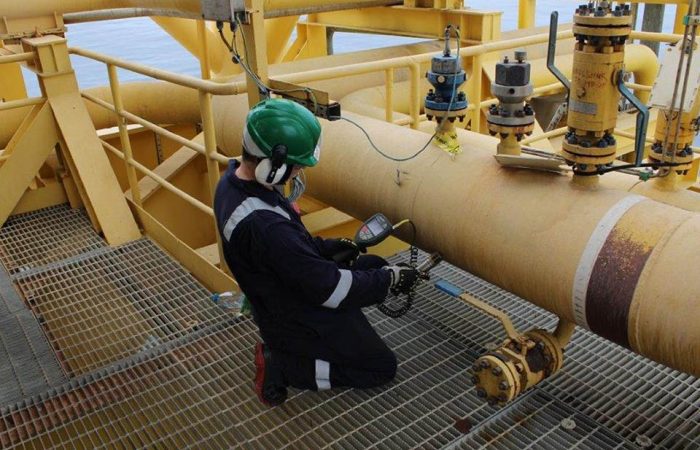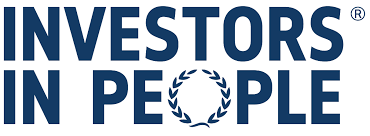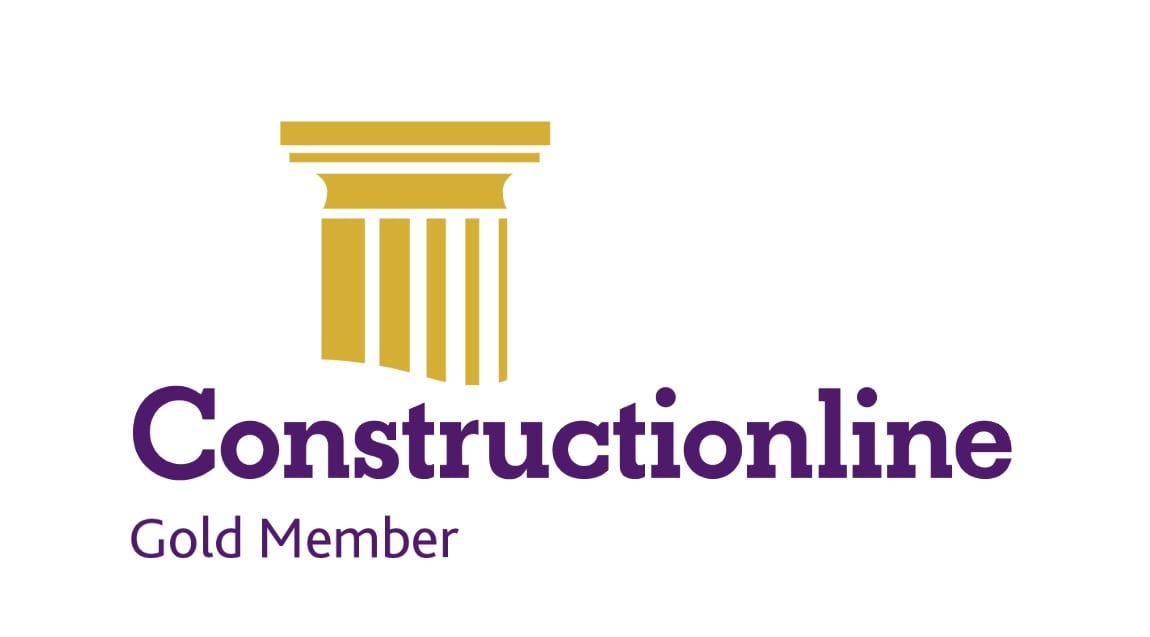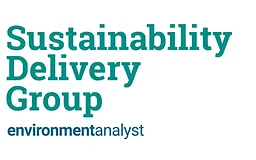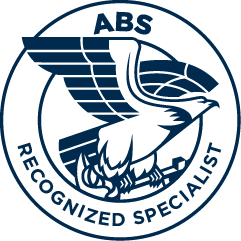Reduce radon levels in your property and verify the effectiveness of mitigation measures with Lucion’s comprehensive radon mitigation and validation services.
Radon, a naturally occurring radioactive gas, can accumulate in buildings and pose a significant risk to human health through long-term exposure. When radon levels exceed the legal limits set by the Ionising Radiations Regulations 2017 (IRR17), property managers, landlords, and employers are required to take action to reduce radon concentrations and protect building occupants.
Lucion’s radon mitigation and validation services provide effective solutions for reducing radon levels in your property and verifying the success of mitigation measures. Our experienced team of radiation protection specialists designs and implements tailored radon mitigation systems based on the specific characteristics and needs of your building, in accordance with the Health and Safety Executive’s (HSE) guidance.
Our radon mitigation and validation services include:
- Design and installation of active sub-slab depressurisation systems to prevent radon entry
- Implementation of positive pressurisation and ventilation enhancement techniques to reduce indoor radon concentrations
- Comprehensive validation testing to confirm the effectiveness of mitigation measures and compliance with IRR17
- Detailed reporting with before and after radon concentration data, system performance metrics, and recommendations for ongoing maintenance and monitoring
- Guidance on best practices for maintaining low radon levels and ensuring the long-term effectiveness of mitigation systems
By partnering with Lucion for your radon mitigation and validation needs, you can have confidence that your property’s radon levels are being effectively managed by qualified professionals. Our services help you protect the health and well-being of your building occupants, while ensuring compliance with your legal obligations under the Management of Health and Safety at Work Regulations 1999 and the Health and Safety at Work Act 1974.
Don’t let high radon levels put your building occupants at risk. Trust Lucion’s radon mitigation and validation services to deliver effective, reliable solutions that create a safer environment and demonstrate your commitment to regulatory compliance.









